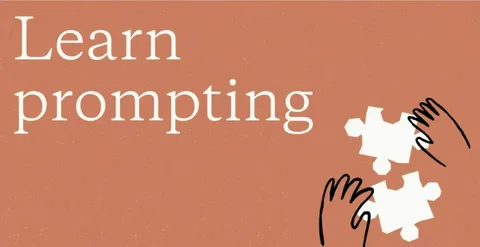In today’s fast-paced world, effective learning requires more than just memorization. Students, professionals, and lifelong learners alike are seeking strategies to retain knowledge, enhance critical thinking, and improve problem-solving skills. One such powerful approach is learning prompts. This article explores how mastering this technique can revolutionize the way you study and practice.
What Are Learning Prompts?
Learning prompts are questions, cues, or scenarios designed to stimulate thought and guide learners toward deeper understanding. They can range from simple recall questions to complex, scenario-based challenges that require application and synthesis of knowledge. Using prompts strategically helps learners move beyond passive reading and encourages active engagement with the material.
Why Mastering the Art of Learning Prompts Matters
Mastering the Art of Learning Prompts: A Guide to Smarter Study and Practice emphasizes that prompts can enhance learning efficiency by:
- Improving Retention: Prompt-based learning forces learners to retrieve information, strengthening memory connections.
- Encouraging Critical Thinking: Thought-provoking prompts push learners to analyze, compare, and evaluate concepts.
- Personalizing Learning: Prompts can be tailored to match the learner’s skill level, making practice more effective and relevant.
By integrating prompts into study sessions, learners develop not just knowledge but also the ability to apply it creatively.
Techniques for Using Prompts Effectively
To fully benefit from prompts, consider these techniques:
1. Use Varied Prompt Types
Mix recall, application, and reflection prompts. For example, after studying a chapter on biology, you could ask:
- Recall: “What are the stages of cell division?”
- Application: “How would cell division be affected if a key enzyme were missing?”
- Reflection: “Why is understanding cell division critical in medical research?”
2. Self-Testing with Prompts
Test yourself regularly with prompts instead of passive reading. This active retrieval strengthens memory and highlights areas that need more focus.
3. Group Discussion and Collaborative Prompts
Discuss prompts with peers to gain new perspectives and deepen understanding. Collaboration often reveals insights that solo study might miss.
4. Create Your Own Prompts
Design prompts based on your learning goals. Crafting your own questions requires comprehension and synthesis, solidifying your knowledge further.
Conclusion
Incorporating prompts into your learning routine can transform the way you study. By mastering the art of learning prompts, you not only enhance your memory and critical thinking but also make your practice sessions more engaging and effective. Whether preparing for exams, professional certifications, or personal development, this approach ensures smarter study and practice, leading to long-lasting mastery.


